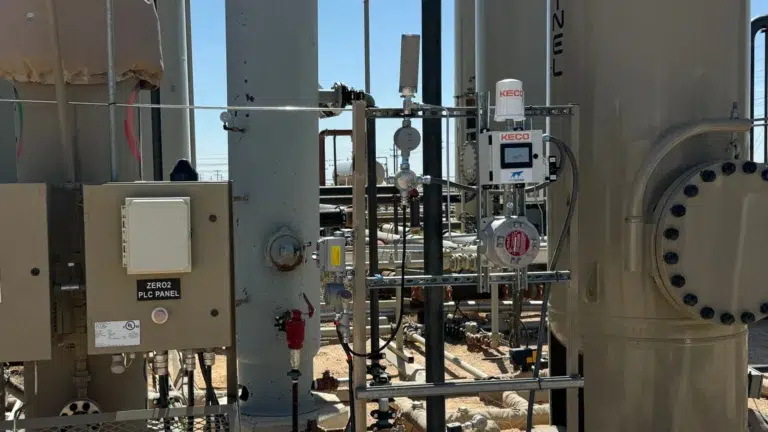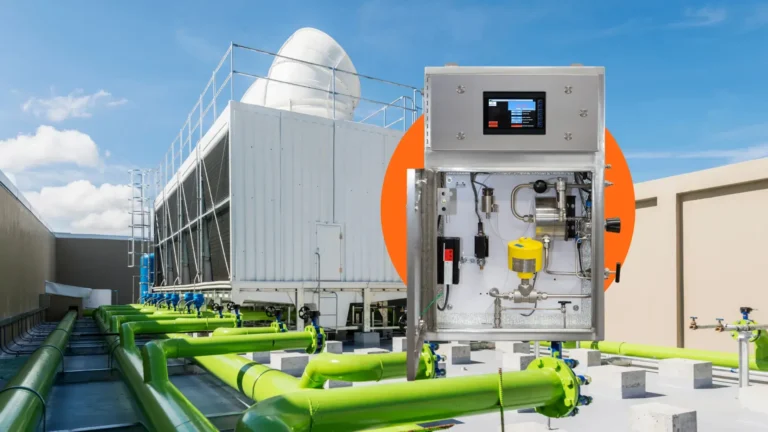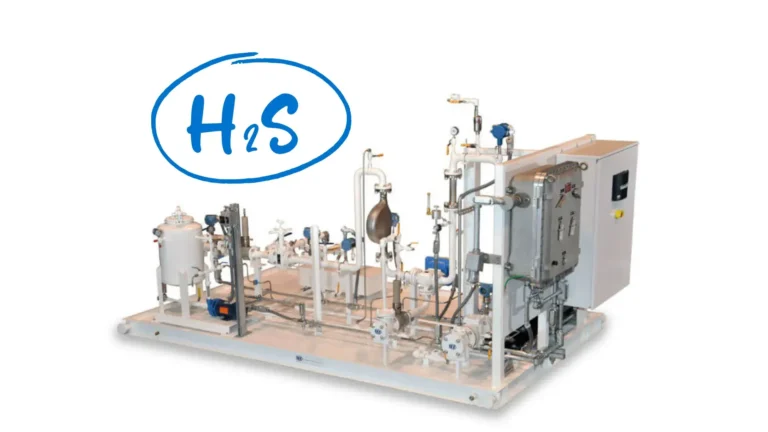Ensure Accuracy With The Right H2S Analyzer For Your Application
January 19, 2016
Not all H2S analyzers are created equal, and certain H2S analyzers work better on different applications than they do others.
Significant amounts of time, money and headaches can be saved by learning about the different H2S analyzer principles of operation and choosing the correct analyzer for your given application. Measurement of H2S (hydrogen sulfide) is a critical task for product quality control and personnel safety applications.
Higher H2S levels results in a less valuable product.

Proper H2S Measurement Can Lead To Significant Savings
It’s important to accurately measure the exact quantity of H2S in the natural gas / LPG and other products so that efficient scrubbing or scavenging of the H2S can occur which results in savings. Unfortunately, it’s not uncommon that major mistakes are made when choosing an H2S analyzer for different applications.
Different Types Of H2S Gas Analyzers
There are several different types of H2S analyzers that utilize different principles of operation. Not all H2S analyzers will work for every application so it’s important to learn the difference between them.
Electrochemical Cell H2S Analyzers
H2S Analyzers with electrochemical cells are frequently specified for hydrogen sulfide measurement applications due to their relatively low-cost. However, the low cost of these type of analyzers come at a high cost, technically speaking.
Electrochemical cells for detecting H2S suffer from significant cross-interference with ethyl-mercaptan, methyl-mercaptan and other light hydrocarbons and sometimes have serious issues handling LPG (Liquefied Petroleum Gas).
This results in “false positives” or artificially higher readings.
It’s not uncommon that you will find these type analyzer shutting in a pipeline unnecessarily due to a false high reading. This results in potentially tens of thousands of dollars in lost product each hour. Electrochemical cells must be regenerated on a regular basis requiring purging the sensor with clean air for as much time as analysis.
The analyzer will not give a new reading during this purge cycle time and the analyzer will simply hold the previous reading until a new reading is updated.
Due to deterioration, monthly (or more frequent) span and zero calibrations are required. This is especially true after a few months of operation because the rate of decay is more toward the end of the life of the sensor than the beginning.
Absorbance Spectroscopy Method H2S Gas Analyzers
Analyzers utilizing the absorbance spectroscopy methods are the newest players on the block when it comes to H2S measurement. There has been much fanfare in that past 5 years with this technology but within the past year the excitement has quieted noticeably due to lack of performance and inability to meet end-user expectations in many applications.
Analyzers using absorbance spectrometry got their start as the “anti-tape method” analyzer.
They were advertised as a low-maintenance, consumable free, and highly accurate analyzers. Apart from higher cost, it became apparent to many end-users that these analyzers suffered from cross-interference similar to electrochemical cells if the highly technical calibrations requiring chemometric modeling were not finely tuned enough for each and every specific application.
High cost consumables also became an issue. Due to the differential measurement flow path of some of the TDL laser based analyzers, a membrane separator/scrubber was required for proper operation. This consumable, normally filled with copper nano-particles, needed replacement approximately every six months to one year and with a significant price tag.
Furthermore, some concern was raised about the potential hazardous material inside these scrubbers and the exposure to personnel.
However, one issue reported that stands out more than the others was the inability for the analyzers to accurately and precisely measure in low ppm levels of H2S in numerous applications.
For pipeline operators, this is a major concern because a critical point of measurement is typically 4 ppm by volume. The UV and even laser based absorbance spectroscopy analyzers typically have difficulty at these levels.
Lead-Acetate Tape Method H2S Analyzers
Tape type H2S analyzers have been on the market since the 1960s and much improvement has been made in today’s tape technology including faster response time (30-90 seconds T90), longer tape life (3 to 6 months on a single tape roll), and 75% less moving parts (less maintenance).
There are two major benefits that end-users report with tape method H2S analyzers that has resulted in their recent resurgence in the H2S analysis market today including the natural gas pipeline industry.
The first is the ability of tape method H2S analyzers to measure very low concentrations of H2S (single digit ppm and even ppb levels) consistently, no matter the background gas. The second is the fact that these analyzers do not have any practical interference with other components. In nearly a century of use, lead-acetate tape analyzers are the only method that is innately specific only to H2S, proven by thousands of world-wide applications.
Detection of H2S concentrations by the use of H2S sensing tape is achieved by exposing the film to an H2S sample through an aperture in the sample flow system, called the sample chamber. The reaction of photographic film to the light is an analogy to the way that chemically saturated H2S sensing tape reacts to hydrogen sulfide. Then the rate of reaction (i.e. the rate of darkening) is linearly proportional H2S concentration. Measuring the rate of darkening is therefore directly equivalent to measuring the H2S concentration.
Get Accurate H2S Readings By Selecting The Right Analyzer
In summary, it is very important to choose the right H2S analyzer for your application.
If low level H2S concentrations are needed you should probably narrow your search to lead-acetate H2S analyzers. If you suspect you may have components in your product that may interfere with absorbance spectroscopic analyzers (including naturally occurring mercaptans you may not be aware of) you may also want to focus on lead-acetate tape analyzers. Either way, it can save not only significant amount of money but also headaches if you take your time to consider the right H2S analyzer for your application.
Request a Budgetary Quote for Your Application
Provide your project specifications, industry details, and end-use location to receive a tailored pricing estimate from our team.
Request Budgetary Price





